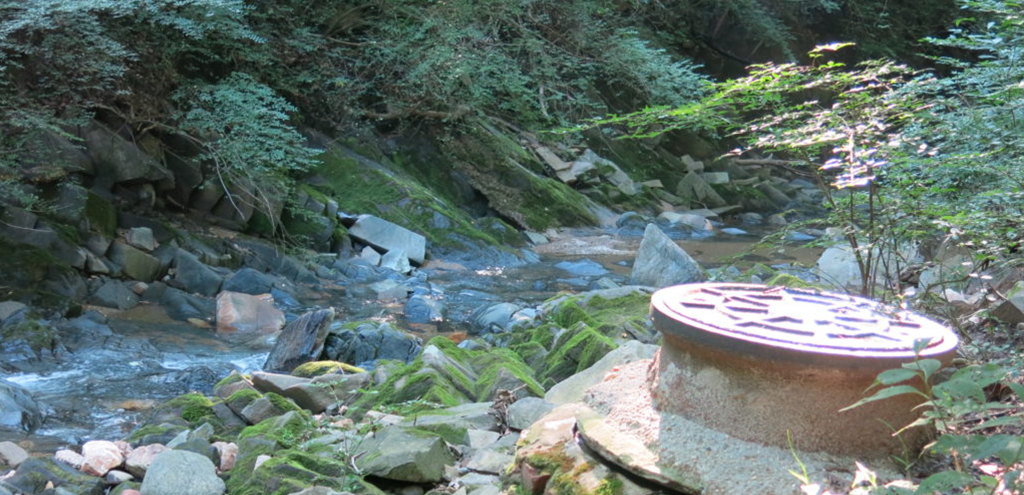THE LEAFLET

Advocacy Works: Soapstone Valley Sewer Reconstruction
In 2019, the Casey Trees Advocacy Team and our dedicated band of Certified Tree Advocates submitted comments to DC Water on the Soapstone Valley sewer reconstruction asking them to protect at least some of the over 300 trees that they were proposing to remove.
Thanks to a local neighborhood news site Forest Hills Connection, check out how, in response to these (and others) comments, DC Water is now taking an innovative approach to their Request For Proposals by not just looking at cost, but also how many trees the construction company can save during the process.
DC Water will pay the Soapstone Valley sewer rehab contractor for each tree saved – first published by Marlene Berlin online in Forest Hills Connection.
In the decade since DC Water revealed plans to rehabilitate the aging sewers in the Soapstone Valley, the primary concern of neighbors and trail users has been the protection of the park’s trees. A recent update on the project makes it clear that DC Water has been listening.
DC Water representatives told the ANC 3F meeting on March 16th that procedures for selecting a contractor were modified to help address concerns about tree loss.
Instead of giving the work to the lowest bidder, DC Water will consider bids only from those contractors with the experience and qualifications matching the needs of the project. The bids will be scored on more than dollar amounts. And the agency will reward contractors for saving trees.
The 2019 environmental assessment allowed for the removal of 371 trees, “assuming the reasonable worst-case condition,” DC Water project manager Burak Kaynak said. The design team since gotten that number down to 245.
“As we evolved our design we were able to reduce the number of trees [to be removed]. Additional refinements will be made during final design,” Kaynak said.
And William Elledge, senior manager of DC Water’s design branch, said the agency expects the contractors to bring that number down even more.
“We are actually going to pay [the bidders] a $10,000 stipend,” said Elledge, “to come up with their own ideas to save even more trees.” To give them further incentive to do so, DC Water will pay the contractor for each tree it does save, with the amount depending on the tree’s size.
The aim, Elledge said, was to ensure the “contractor makes larger profit by saving a tree than by cutting it.”
DC Water will then plant a tree for every one that is removed, and 25 more. As many as 270 trees will be planted, and 299 plants are to be installed to protect the Soapstone streambed from erosion. Once that’s done, a five-year maintenance phase of the project begins. Maintenance includes watering and protecting trees from deer and invasive plants, and replacing any trees that die. The contractor will be responsible for maintenance for the first 30 days. DC Water will step in for the following two years. The Park Service gets involved for the next three.
Kaynak said at the ANC meeting that the work is scheduled to begin this December, and that the sewer work is expected to take about a year. Emanuel Briggs, the community outreach manager at DC Water, told Forest Hills Connection in an email this week that the sewer restoration could take as long as two years and confirmed that the park will be closed to the public during this time. After that, some off-trail portions will be closed for stream restoration work, and the Park Service will install fences to make it clear which areas are temporarily off limits.
There’s a lot to this project. In May 2020, the Park Service approved DC Water’s plan for relining 6,200 linear feet of sewer pipe. Other major components of the project include repairing and protecting exposed pipes and manholes, and repairing two stormwater outfalls that flow into the creek.
DC Water has been in touch with homeowners and buildings to be directly impacted by the construction staging, including Park Van Ness, Park Connecticut, Van Ness East and some residents of Audubon Terrace and Lenore Lane. And there is, of course, the large community of people who use and love the park. Once construction begins, DC Water will be putting out a monthly regular newsletter.